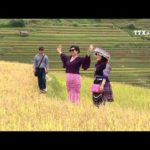The Pu Luong Nature Reserve, located approximately 160 km from Hanoi, has long been a haven for those seeking tranquility and simplicity. With a vast expanse of 17,662 hectares, Pu Luong encompasses dense forests, cascading waterfalls, mysterious caves, and majestic mountains coexisting with serene villages.
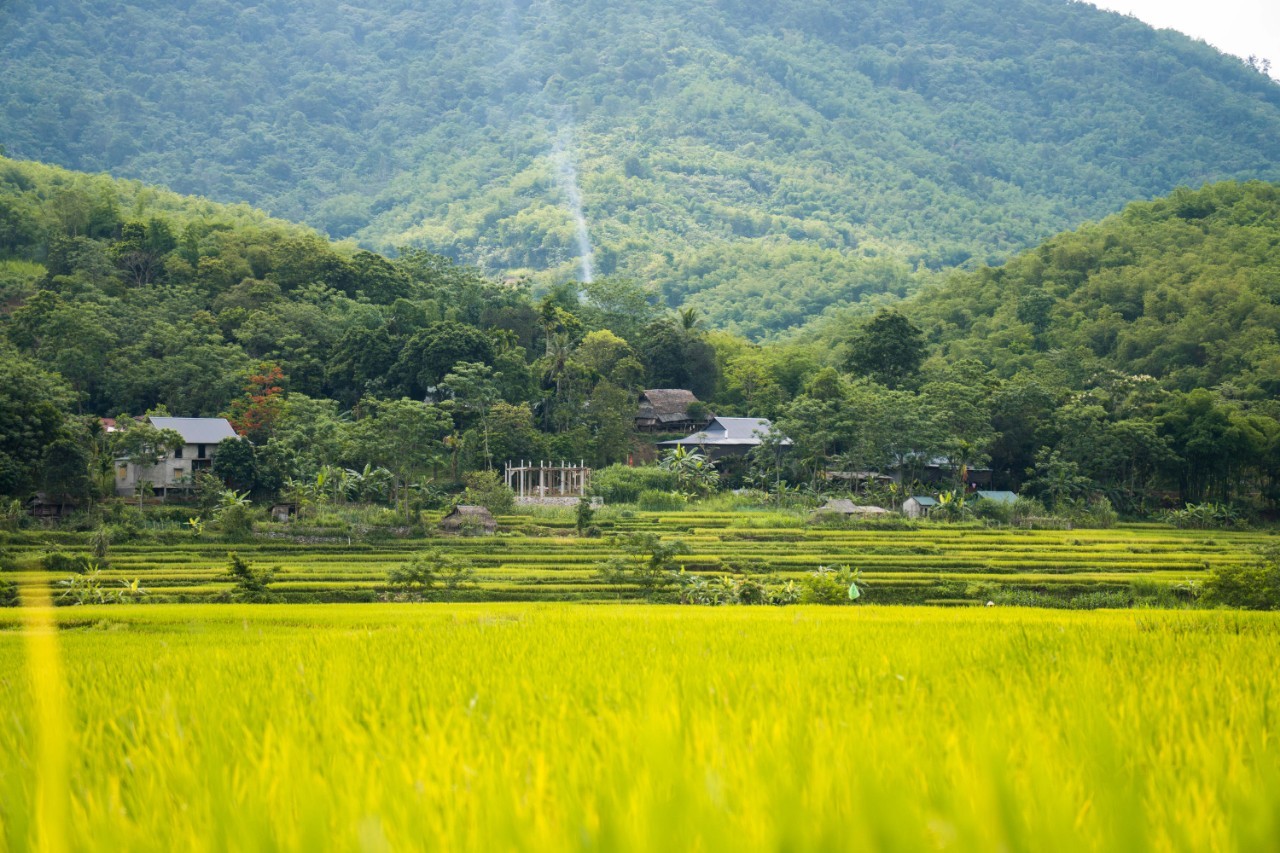 |
| Don Village stands out from Sapa Town with its well-preserved traditional stilt houses and rustic countryside charm. Photo: Pham Van Phong |
Don Village, regarded as the heart of the touristic area within the Pu Luong Nature Reserve, captivates tourists with its allure. Its strategic location and breathtaking surroundings, featuring rice terraces and mountain ranges, have naturally drawn visitors to this idyllic spot. For adventurous souls, Don Village serves as a convenient base for exploring Pu Luong’s highlights, including its waterfalls, caves, and water wheels.
While the village itself has retained its original charm, the infrastructure has witnessed significant improvements. Homestays, hotels, and retreats are now scattered across different areas, catering to the needs of travelers. In contrast to Sapa Town, Don Village proudly preserves its traditional stilt houses and offers a glimpse into authentic countryside life.
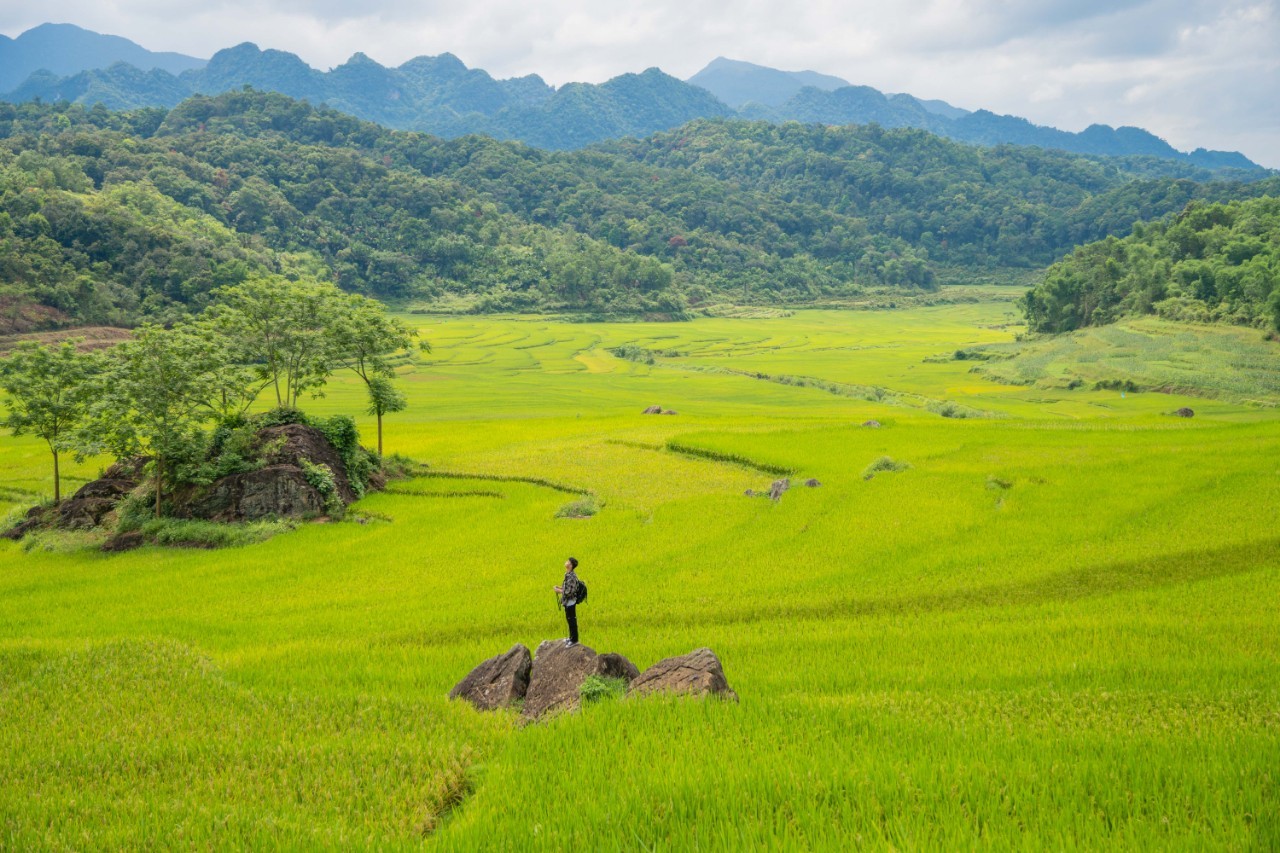 |
| Life in Don Village is characterized by a harmonious connection between its people and nature. Photo: Pham Van Phong |
The village exudes a sense of harmony between its residents and the natural world. Pu Luong is home to the Thai and Muong ethnic groups, and its name in the Thai language translates to “the highest peak of the village.” The locals are known for their diligent tree-planting, fruit-picking, and warm hospitality.
Both Don Village and Pu Luong remain untouched by noise pollution, offering a serene countryside ambiance. Despite embracing tourism, the local community steadfastly upholds the traditions of wet rice cultivation and handicrafts, providing visitors with a unique and enriching experience.
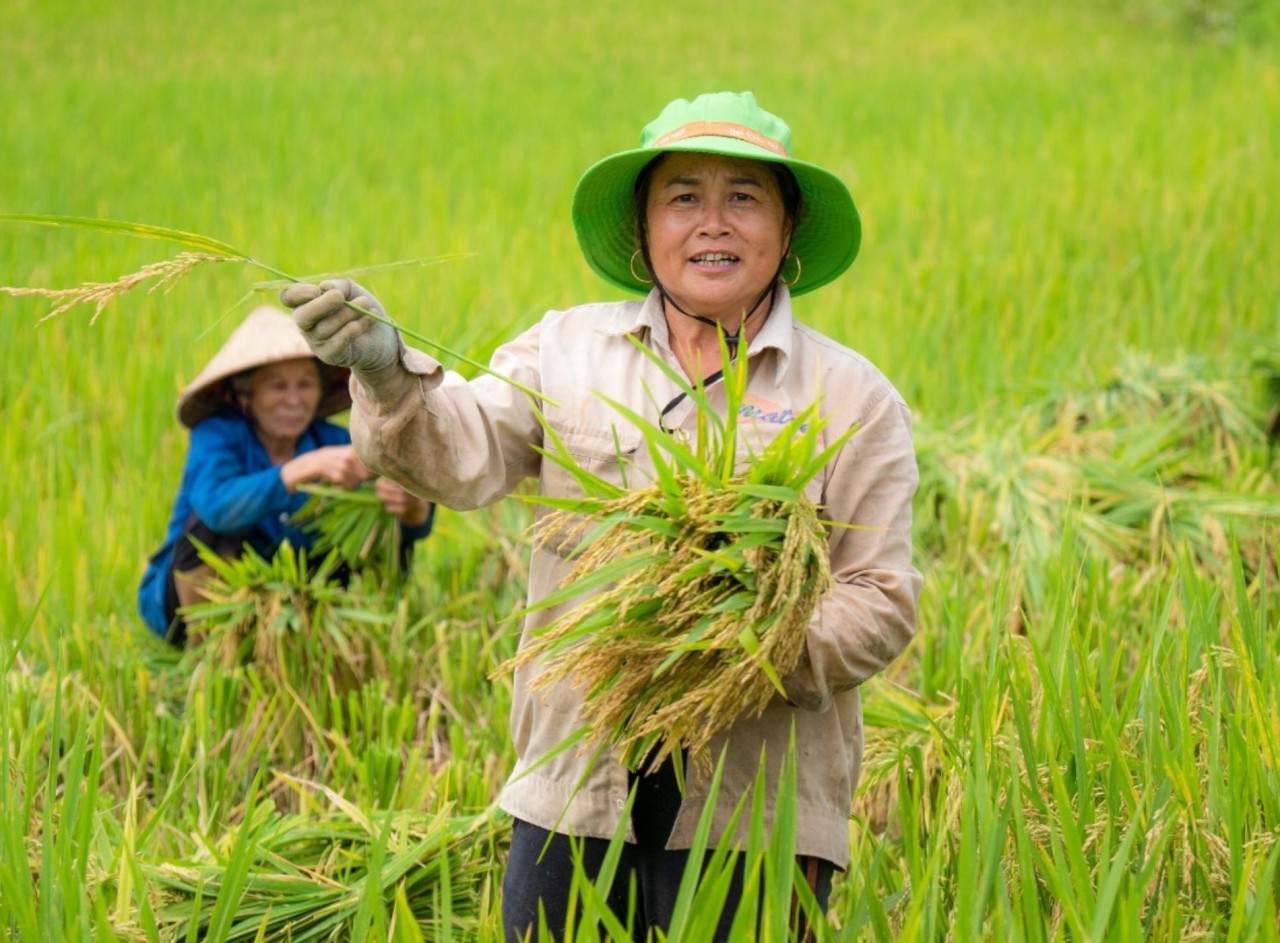 |
| Local residents engage in the rice harvest, a testament to the area’s agricultural heritage. Photo: Pham Van Phong |
For young visitors, the “S” road within the village has become a favorite spot for capturing memorable photos. This small road meanders gently through fields filled with the fragrant scent of rice and grass, adding a unique touch to the destination.
In addition to the captivating rice fields and the “S” road, Don Village also boasts traditional stilt houses with distinctive architectural styles that are rarely found in Thanh Hoa, making it a must-see attraction.
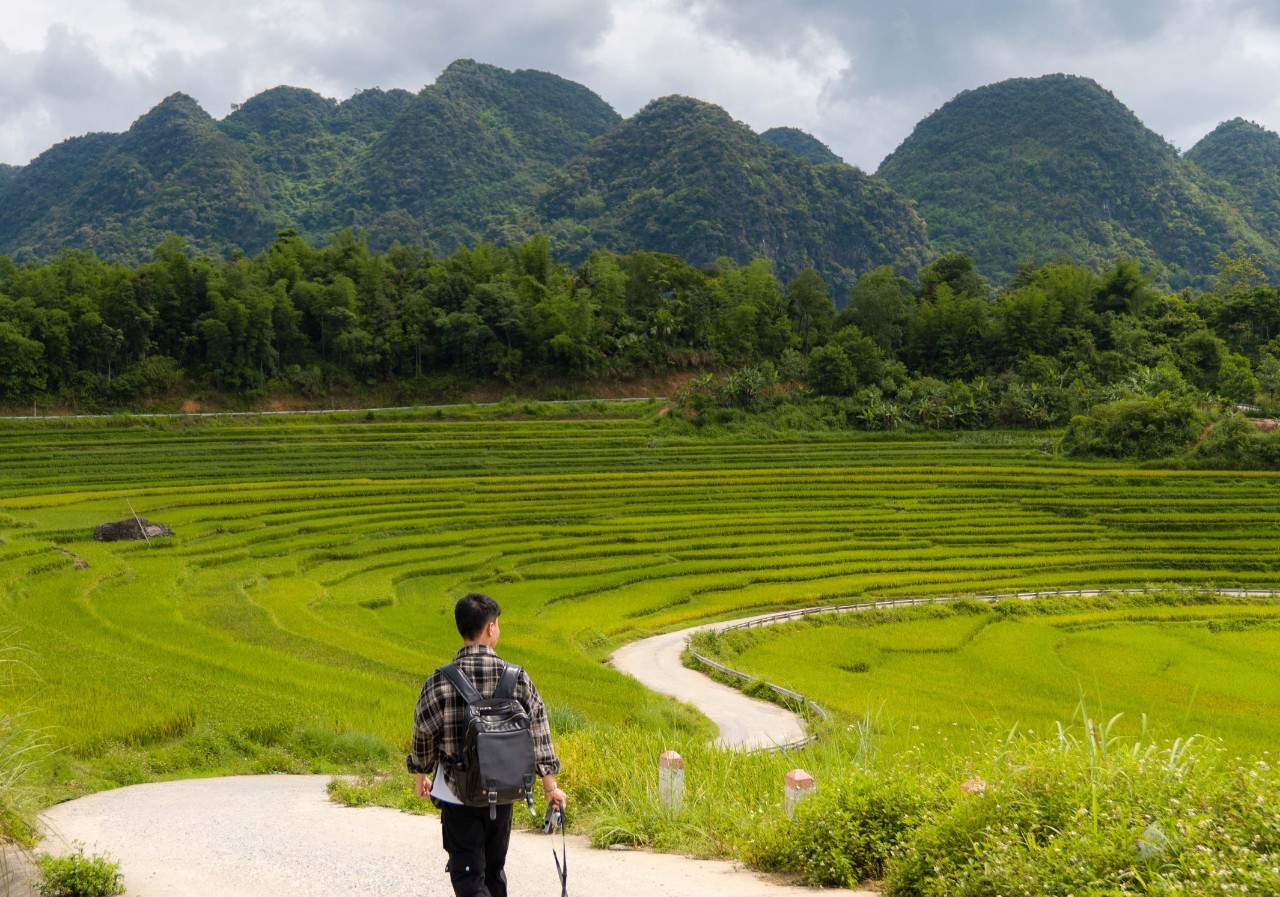 |
| The renowned “S” road in Don Village, a popular spot for photography and exploration. Photo: Pham Van Phong |
From Don Village, tourists can easily walk or take a vehicle to explore other captivating sites in Ba Thuoc District, including Hieu Village, Kho Muong Village, and more.
Spanning over 17,600 hectares and boasting a diverse ecosystem, Pu Luong captivates travelers with the pristine beauty of its primary forests, lush rice terraces, and the tranquil lifestyle of the local ethnic minorities. It has emerged as a captivating destination for nature enthusiasts eager to embark on a journey of discovery.
The ideal time to visit Pu Luong is during late May and early June when the season commences. The terraces are adorned with the vibrant green of young rice plants, creating a serene atmosphere. Despite the summer heat in Thanh Hoa Province, Pu Luong maintains a pleasant temperature due to its location in a low limestone mountain area, replete with tropical rainforests and a sparse population.
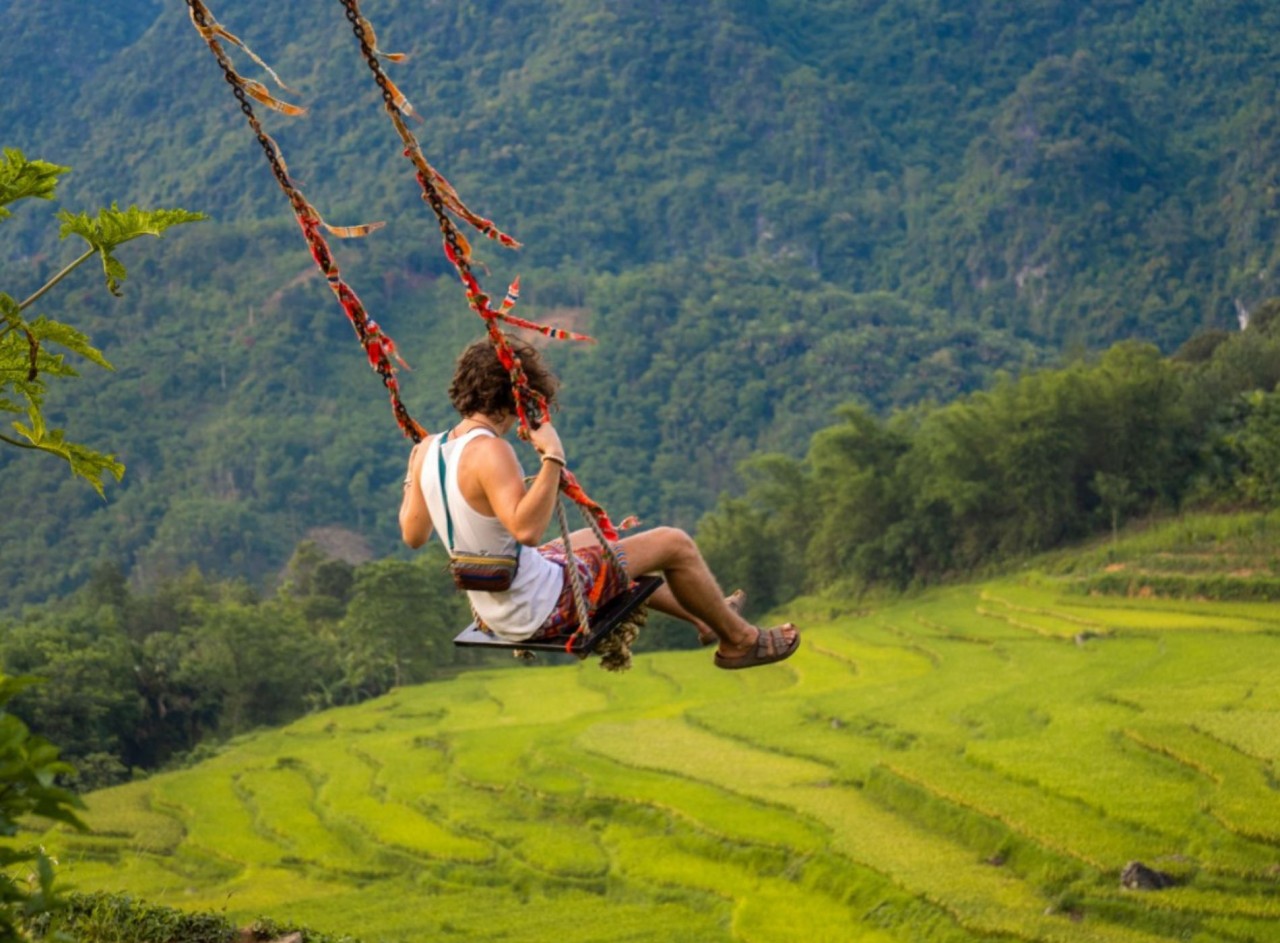 |
| Late May and early June mark the perfect time to witness the beauty of Pu Luong as the season begins. Photo: Pham Van Phong |
September and October usher in the harvest season in Pu Luong, painting the terraces on the uphill mountains with a golden hue. This transformation attracts thousands of tourists each year, eager to witness the area’s splendor.
Pu Luong is a testament to the enduring legacy of traditional ways of life. The Thai community has meticulously preserved the habits and customs of their ancestors, weaving them into the very fabric of their culture and community. Skills such as weaving, embroidery, basket-making, and bamboo furniture craftsmanship are highly valued and practiced by the Thai people.
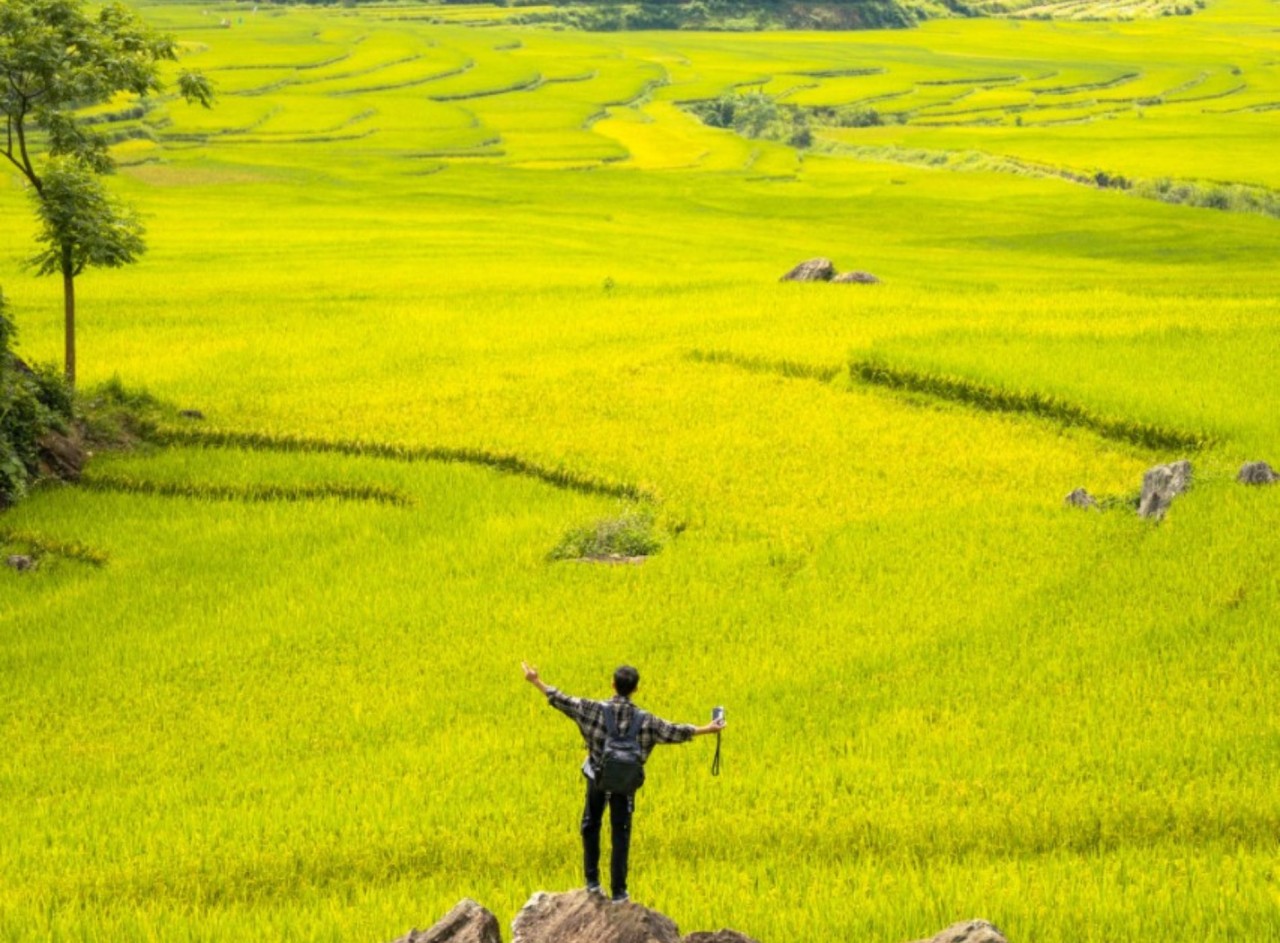 |
| September and October are months of abundance in Pu Luong, as the harvest season transforms the landscape. Photo: Pham Van Phong |

